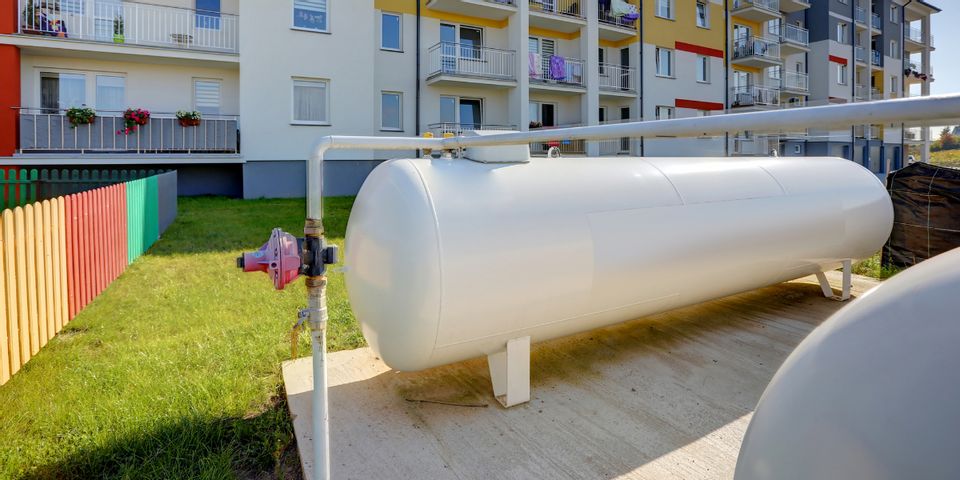
Propane is a cheap and environmentally friendly fuel source. Having a tank installed on your property gives you access to a reliable supply of gas for farm equipment, home appliances, and more. When first looking at propane tanks, the number of attached caps, valves, and gauges can look intimidating. However, each of these pieces has been carefully designed to keep propane use simple and safe. Here’s a quick look at why they are all necessary.
What Are the Components of a Propane Tank?
1. Gauges
The float gauge provides an approximate measure of its contents. This number is presented as a percentage of the total volume. If a hundred-gallon container has been emptied halfway, its float gauge will read 50%. While this gauge is helpful for tracking usage, it isn’t accurate enough to use during the filling process.
The fixed level gauge, also known as a bleeder valve, is the measurement device used during refills. It is connected to a dip tube inside the propane tank. During refueling, liquid will shoot out of this valve once the tank has reached 80% of its total capacity. This is the signal that the unit is at its maximum fill level.
2. Valves

Propane tanks have three main valves. The fill valve is used for refueling and it's important to keep it covered with a protective cap between refills. The service valve is used to pull gas out for use and it also serves as the fuel shut-off point. If users smell gas or have a safety concern, they should close this valve.
The safety relief, or pop-off valve, only acts if the container becomes over-pressurized. Then, the spring holding it closed is forced open, and a burst of gas is released. The valve will close on its own once the extra pressure has been relieved. To avoid the risk of serious injury, never stand in front of or look into this valve.
3. Exterior Appearance
In addition to their mechanical safety features, propane tanks are legally required to be painted in a reflective color. This keeps sunlight from heating the liquid inside and raising its pressure. Only use paint that has been designed for metal surfaces. It will inhibit rust development and preserve the integrity of the unit.
If you need a propane tank installed, moved, or refueled, contact Murphy’s Gas Co. Inc., in Connersville, IN. They offer inspections, consultations, and maintenance services for any location within 100 miles. Their fully-trained experts take the guesswork out of organizing a propane fuel system and keep it running smoothly with their convenient automatic refill schedule. Call (800) 284-9585 now with any concerns, or learn more about keeping your tank healthy on their website.
About the Business
Have a question? Ask the experts!
Send your question

